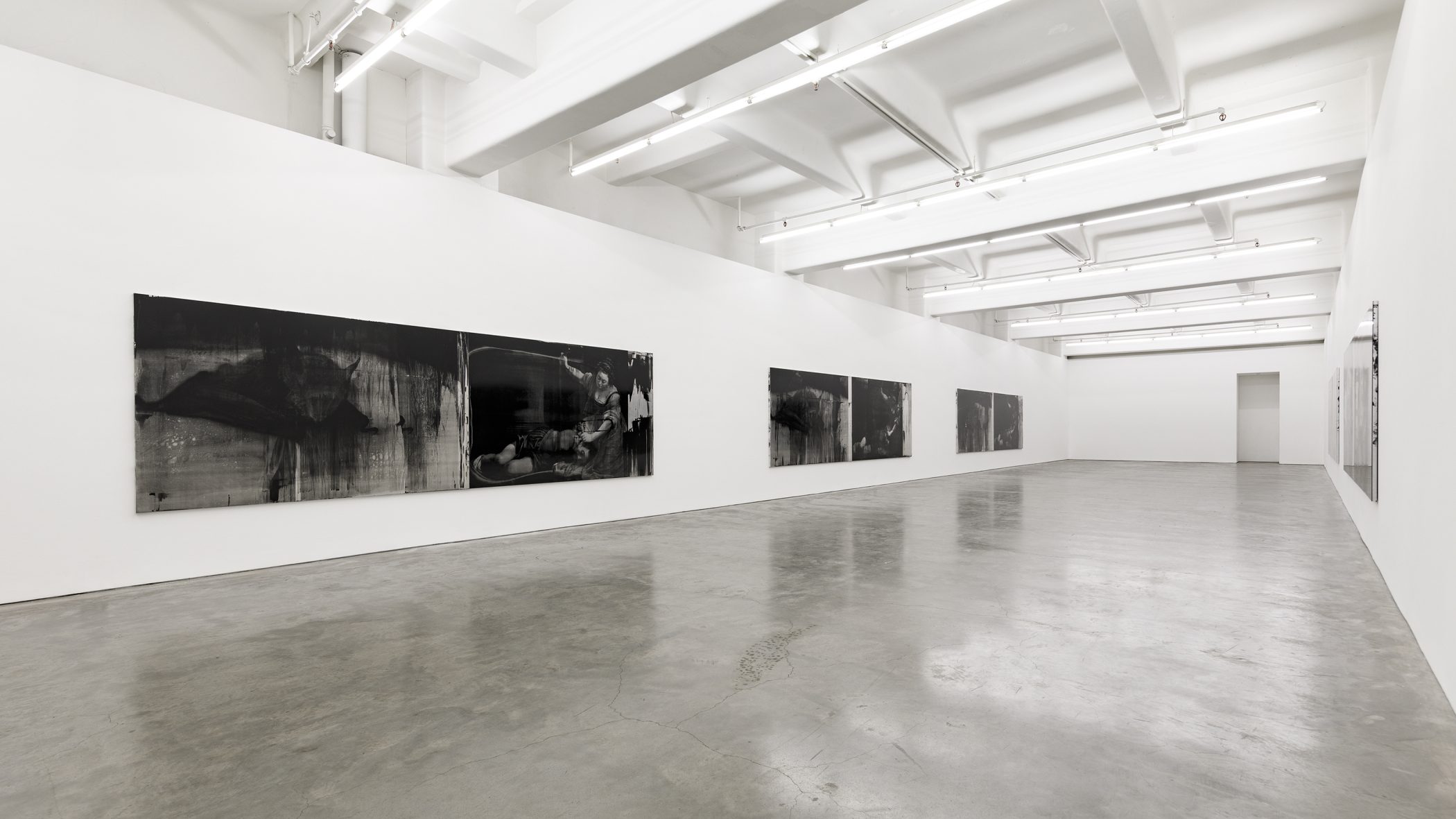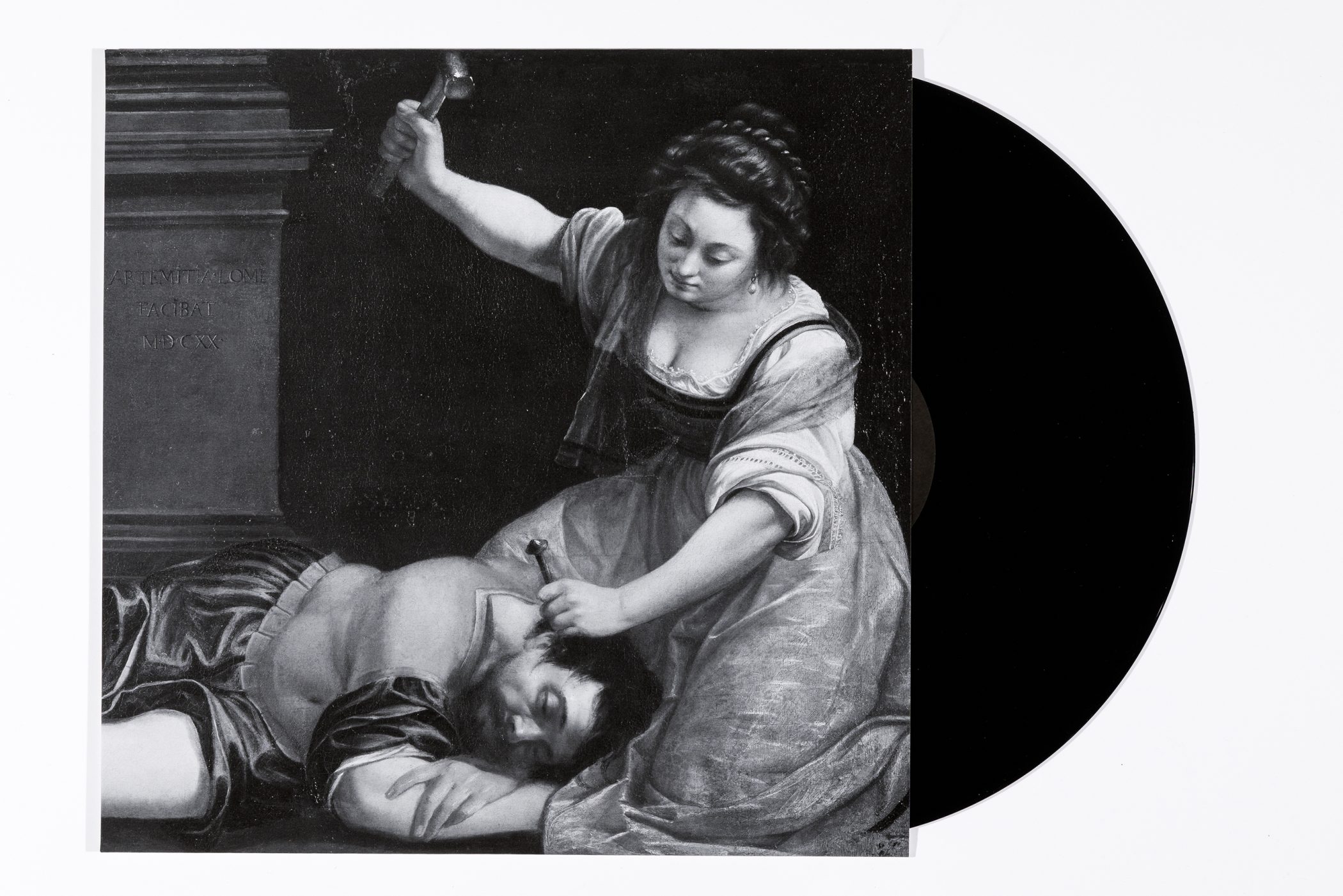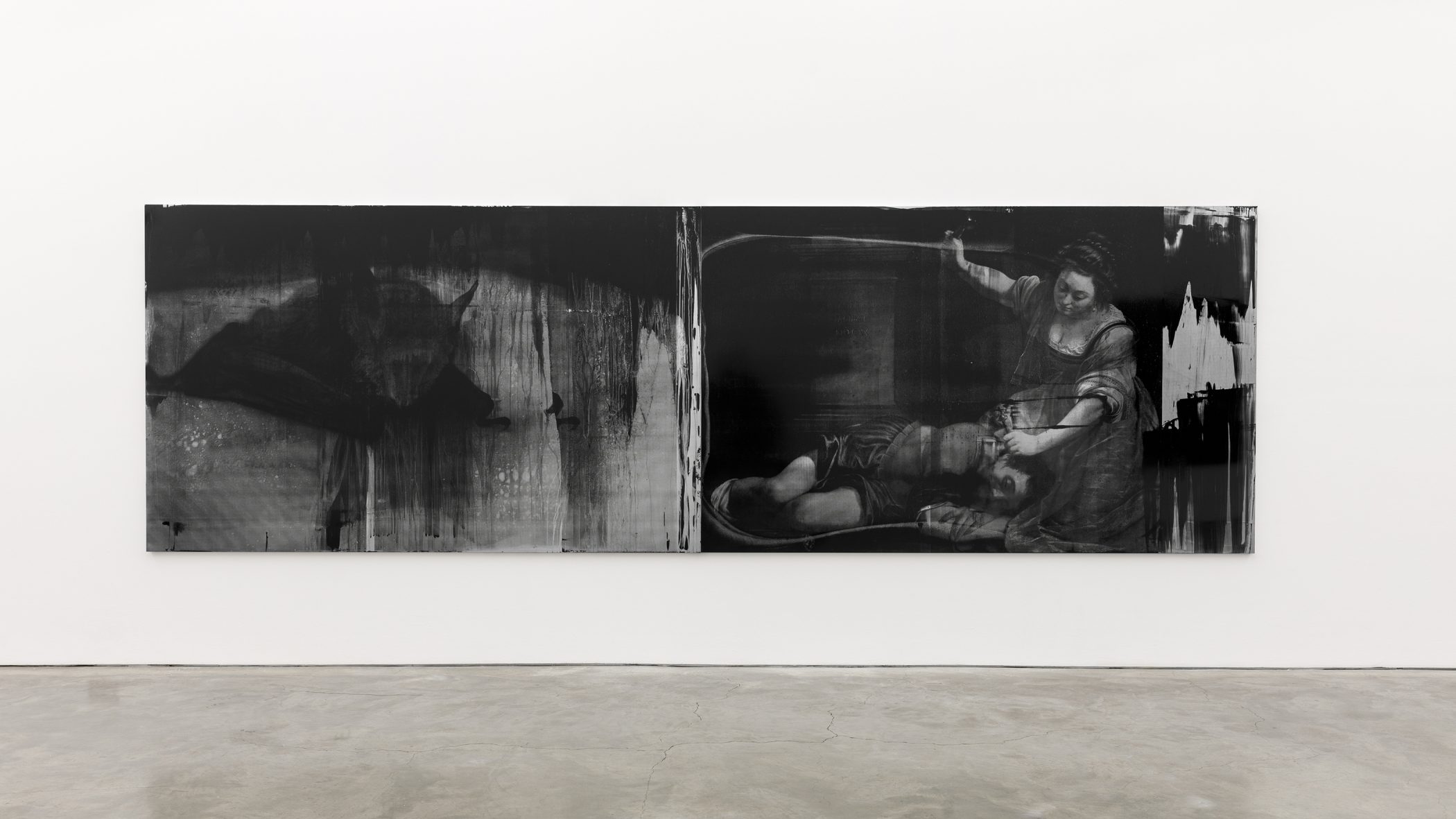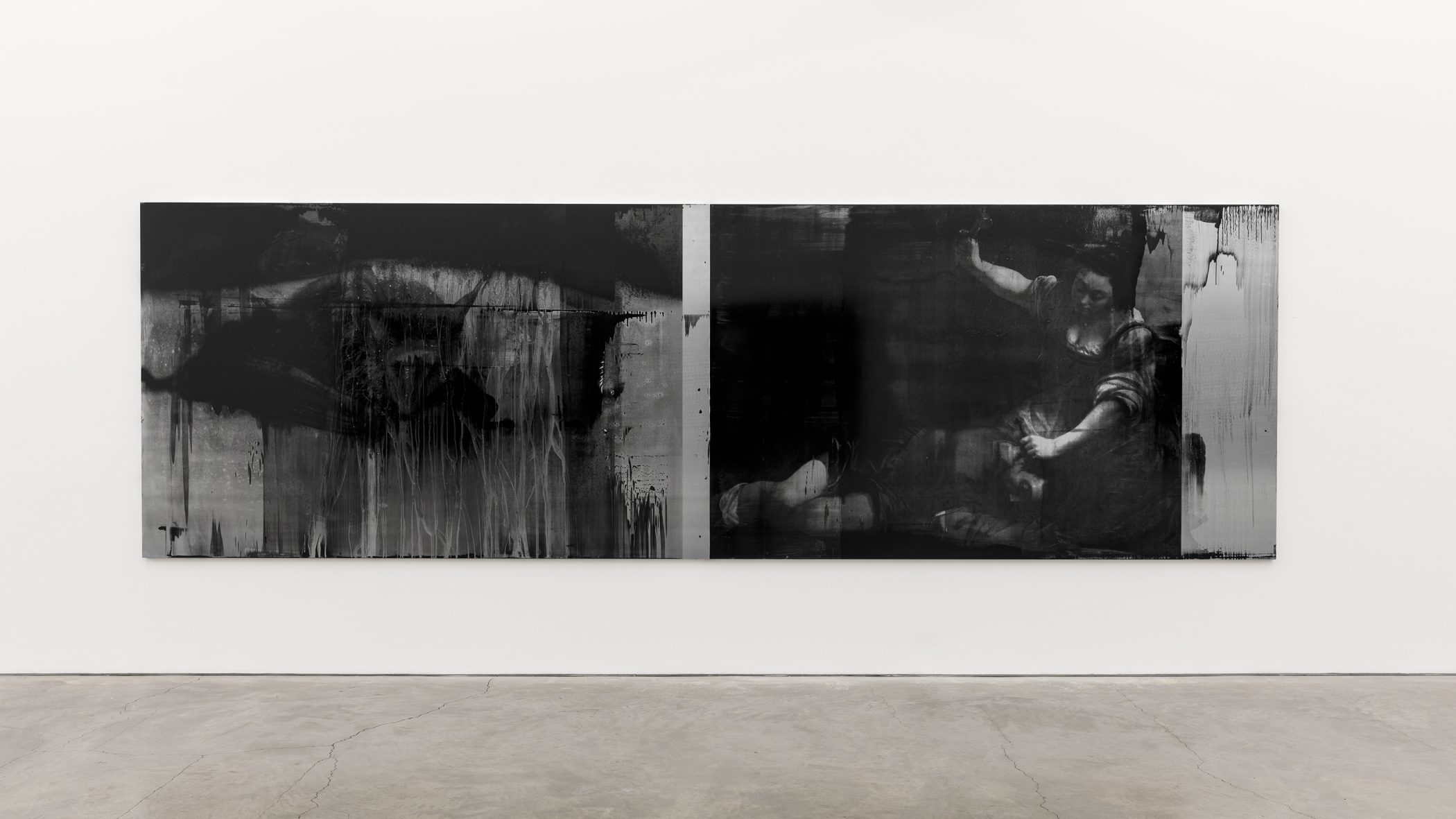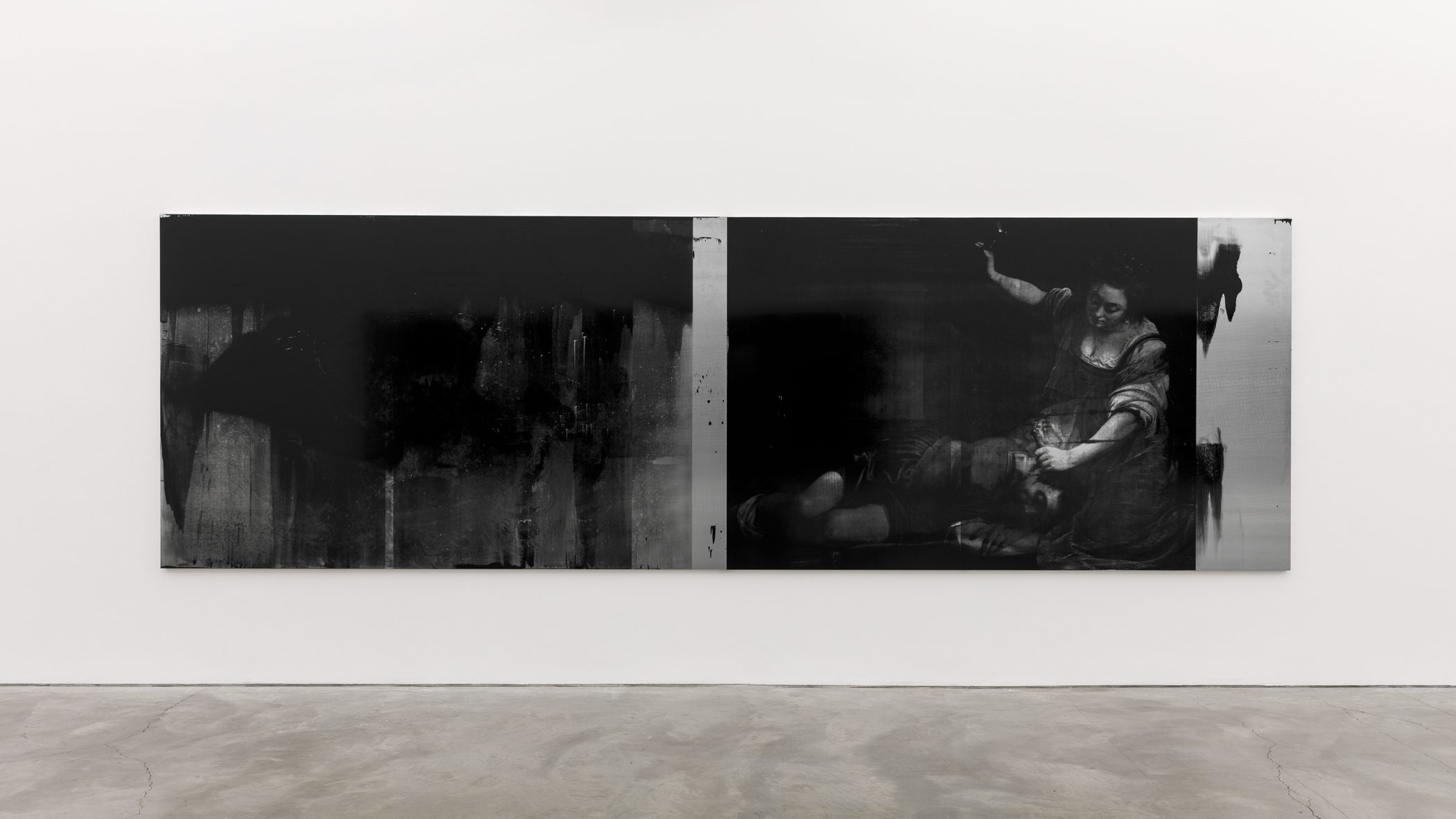Marco Fusinato
EXPERIMENTAL HELL (ATMOSPHÆRAM)
7th August – 18th December 2021
Anna Schwartz Gallery
The exhibition EXPERIMENTAL HELL (ATMOSPHÆRAM) consists of three elements. The first is an LP titled ATMOSPHÆRAM, a solo studio recording of Fusinato’s guitar work, consisting of two hyper-focused studies, each of which explores one of two primary ingredients usually combined freely in his improvisations: noise and feedback. On the first side, we are hurled into a maelstrom of noise, as Fusinato torments the guitar’s strings to produce a barrage of constantly varying tone and timbre. The B side presents an equally single-minded exploration of a single feedback tone, pushing it into microtonal fluctuations and beating patterns, letting it teeter on the brink of collapse, yet never leaving it behind. The result is at once relentless and meditative, investigating psychoacoustic and spectral phenomena while using the crushing volume and distortion of grindcore and metal.
The LP sleeve follows the design template Fusinato uses for all of his solo releases: an image from art history on the front and one sourced from the mass media on the back, both reproduced in black and white. On the front we see Artemisia Gentileschi’s 1620 painting of Jael readying her hammer to kill the sleeping Sisera by driving a tent peg through his head. On the back, an anonymous photograph shows a bat opening its mouth in a hideous grimace. These images serve as the sources for the ten large screen prints on aluminium that make up the second component of the exhibition. Fusinato approached the printing process as action painting, smearing the ink in broad swaths, deliberately over-inking, free-pouring fixatives… Each image is repeated across five variations, its legibility disrupted by liquid streaks, stains and pools, at times threatening to dissolve into the sheen of the aluminium ground or be enveloped in saturated black. In their exuberant, ad hoc embrace of the misuse of printing techniques, these works call to mind Sigmar Polke’s chemical experiments, as well as suggesting the degraded multi-generation photocopy aesthetic of underground black metal acts like Les Légions Noire.
In the exhibition’s third component, Fusinato performs on guitar, related electronics and amplification accompanied by video documentation of the production of the screen prints, emphasising the connection between the musical and visual dimensions of the project. Both set up a tension between a tight conceptual framework and the free improvisation that occurs within it, ‘experimental’ in the sense that the outcome cannot be known in advance. In both, a serial form produces not repetition but variation, not formal clarity but disorder. To the violence of the imagery corresponds the fractured intensity of Fusinato’s noise, while the sustained wall of feedback finds its parallel in the all-enveloping void of black ink.
The images themselves have an infernal air, joining the paired art-historical and anonymous/news images of Fusinato’s previous record covers and the massively enlarged riot photographs of The Infinitives to suggest a kind of encyclopaedic vision of human life marked by violence, absurdity and madness. Torn out of their contexts, the images become ambiguous markers of the human condition. The bat, suggestive of both the current pandemic and vampirism, is also, in the famous image from the Caprichos, Goya’s figure for a monstrous irrationality. Similarly, displaced from its biblical narrative, Gentileschi’s Jael becomes an image of pure violence, a violence doubled by the chaotic surface of the prints and the explosive noise of the accompanying sonics. Just as in Goya and Pasolini – two important touchstones for Fusinato – recognising the madness of the human condition becomes an affirmation, the raw material for an aesthetic experience of unremitting intensity.
Francis Plagne, 2021
Images

Marco Fusinato
EXPERIMENTAL HELL (ATMOSPHÆRAM), 2021
Installation view, Anna Schwartz Gallery
Photo: Andrew Curtis
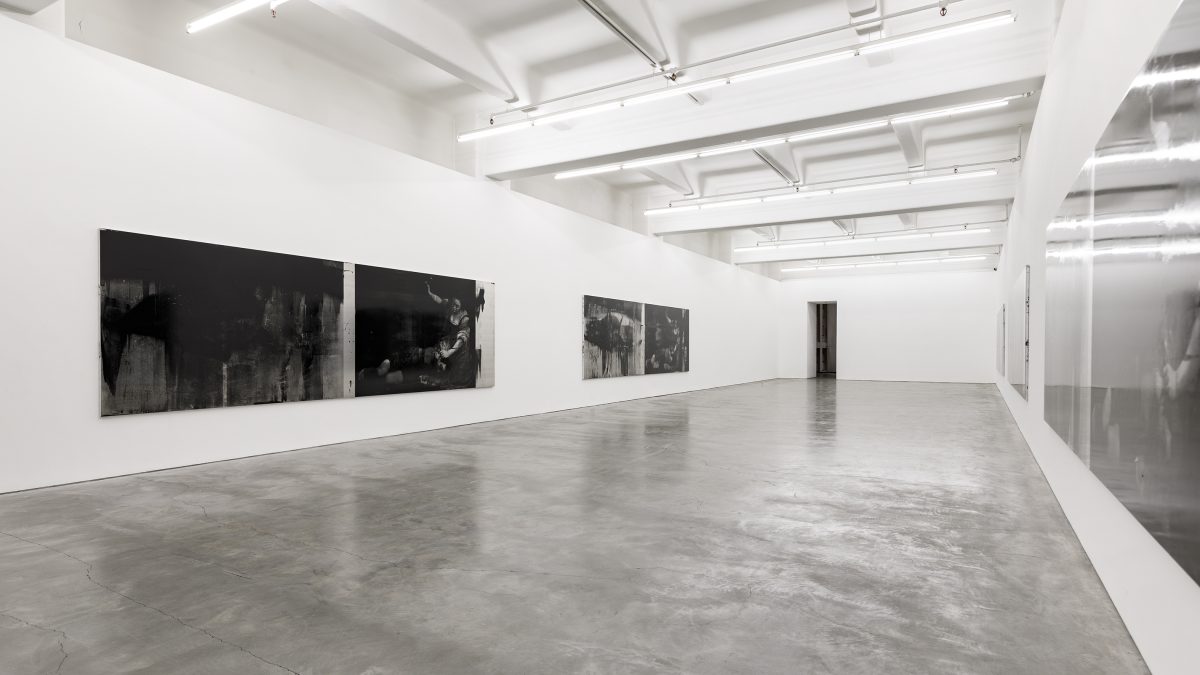
Marco Fusinato
EXPERIMENTAL HELL (ATMOSPHÆRAM), 2021
Installation view, Anna Schwartz Gallery
Photo: Andrew Curtis

Marco Fusinato
EXPERIMENTAL HELL (ATMOSPHÆRAM), 2021
Installation view, Anna Schwartz Gallery
Photo: Andrew Curtis

Marco Fusinato
(ATMOSPHÆRAM), 2021
(front) theblackesthole 004, LP

Marco Fusinato
(ATMOSPHÆRAM), 2021
(back) theblackesthole 004, LP

Marco Fusinato
EXPERIMENTAL HELL (ATMOSPHÆRAM) [1], 2021
two-pack black urethane ink with reactive catalyst on 5005-H34 milled aluminium
two parts, 150 x 240 cm each

Marco Fusinato
EXPERIMENTAL HELL (ATMOSPHÆRAM) [2], 2021
two-pack black urethane ink with reactive catalyst on 5005-H34 milled aluminium
two parts, 150 x 240 cm each
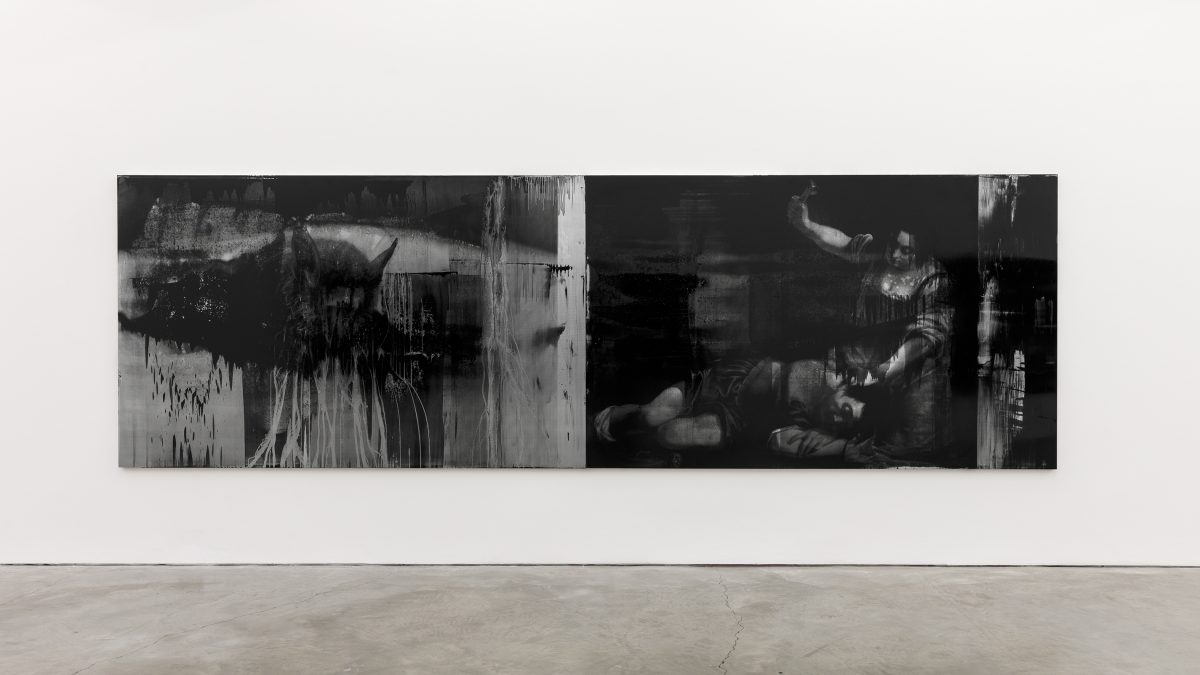
Marco Fusinato
EXPERIMENTAL HELL (ATMOSPHÆRAM) [5], 2021
two-pack black urethane ink with reactive catalyst on 5005-H34 milled aluminium
two parts, 150 x 240 cm each
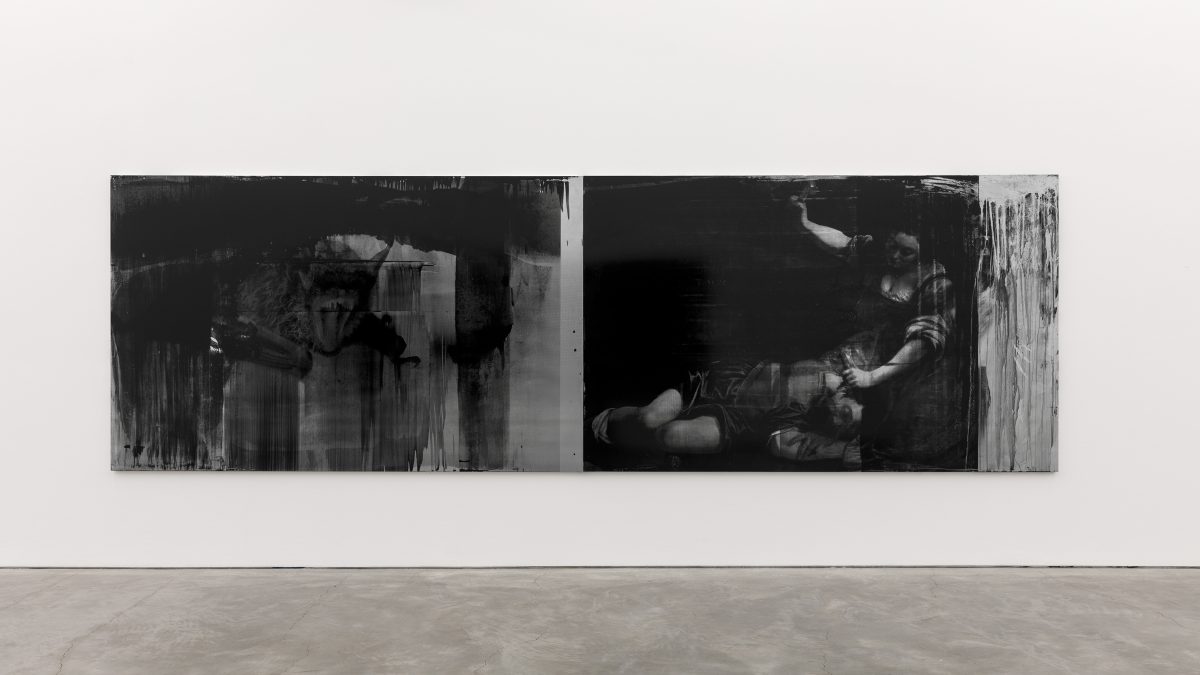
Marco Fusinato
EXPERIMENTAL HELL (ATMOSPHÆRAM) [3], 2021
two-pack black urethane ink with reactive catalyst on 5005-H34 milled aluminium
two parts, 150 x 240 cm each

Marco Fusinato
EXPERIMENTAL HELL (ATMOSPHÆRAM) [4], 2021
two-pack black urethane ink with reactive catalyst on 5005-H34 milled aluminium
two parts, 150 x 240 cm each
